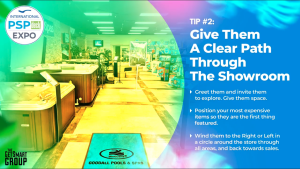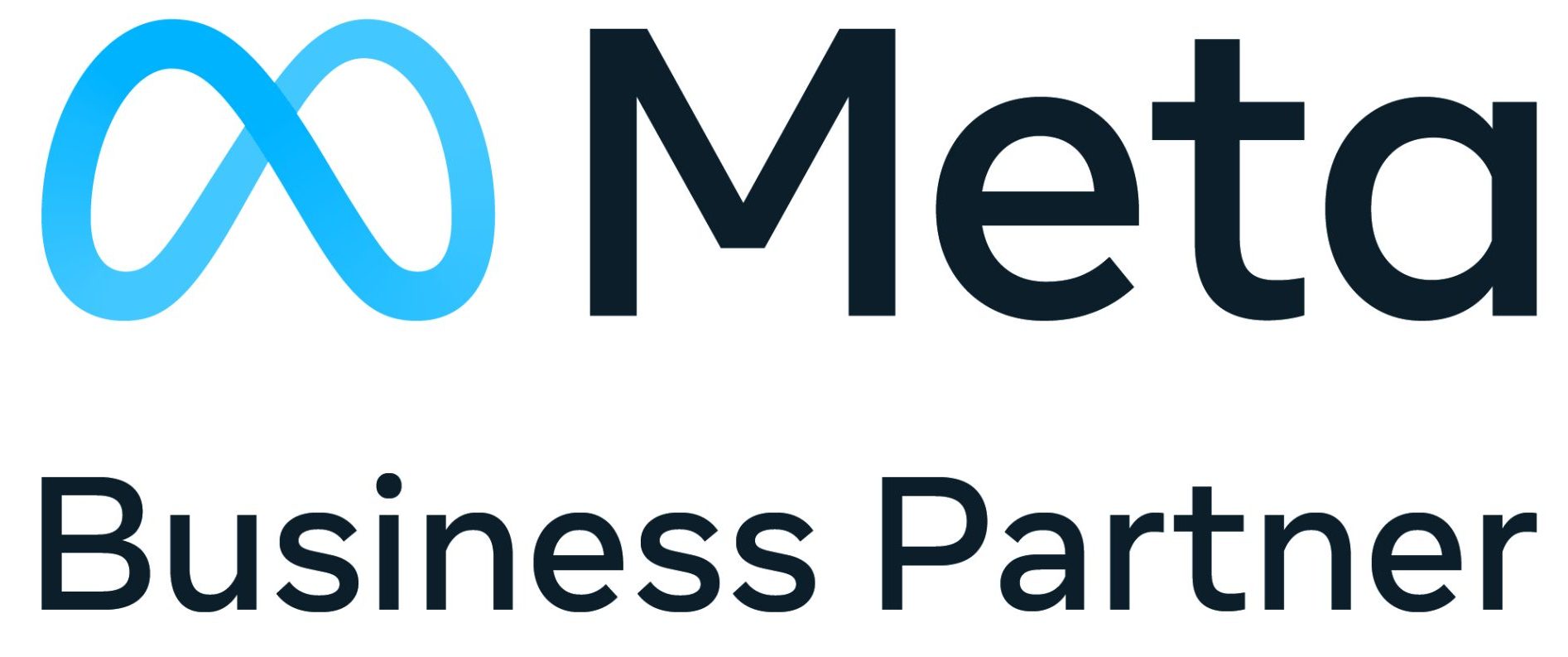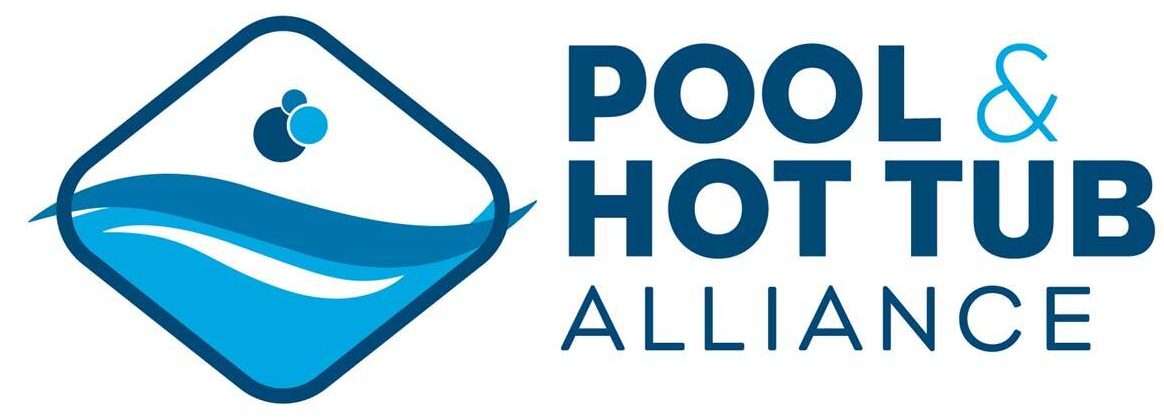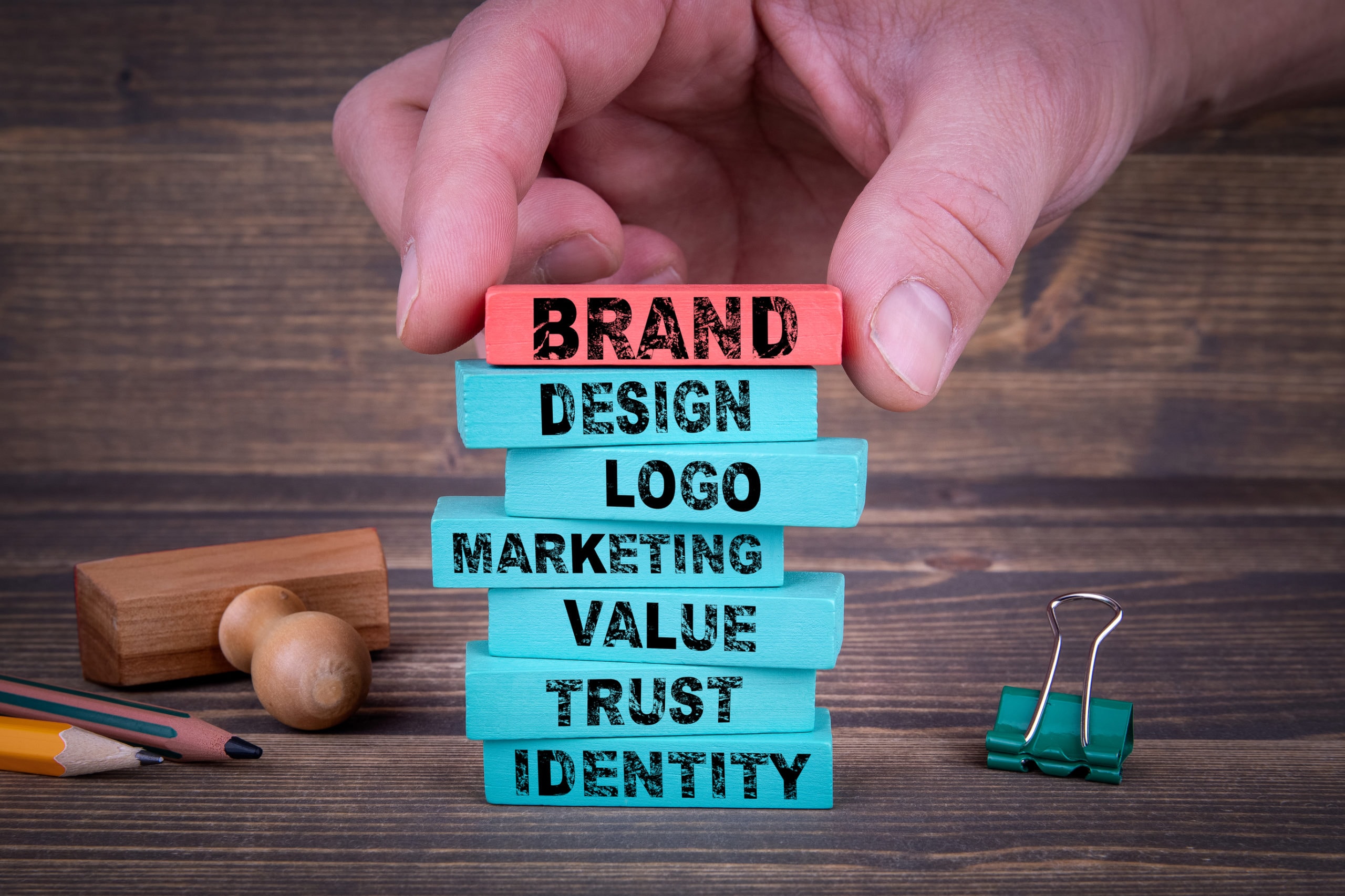
When you think of branding your business, you may think of only the visual aspect of it: the logo, tagline, website design, etc. In actuality, branding your business goes way beyond mere imaging. It’s everything about your company, product, and service that makes an impression on consumers. Yes, your logo and website are an important part of that but so is customer service, your mission statement, and your “voice” or personality.
Your brand influences people’s reaction to your product or service, even their gut reaction to it. Think about the brands you love to use. How do you feel when you see their logo, or a special deal they’re offering? Now, think about a brand you had a terrible experience with … how do you feel when you see their marketing messages? Yikes! Powerful stuff.
Good branding is critical. Not only does good branding make an impression on customers and earn their business, it builds loyalty. How does a consumer decide which company to do business with? They choose the one they’re familiar with; the name they trust. That’s what your branding does. Even if they’ve never done business with you before and haven’t received a direct referral, your brand shows consumers who you are, that you’re trustworthy, and it inspires them to choose you.
Good branding makes an impression.
Arguably the most important part of making a lasting first impression on consumers is your logo. A great logo is not only eye-catching but memorable. Whether done through design or wording, it informs consumers what type of business you are. In honor of the playoffs, let’s look at two NBA logos for a good and not-so-good example.
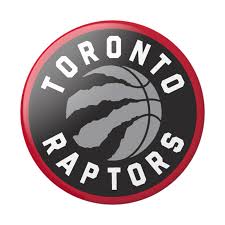
The team’s newest logo is much more bloodthirsty. Raptor claw marks are a nod to the team’s name and mascot, while the basketball tells you straightforwardly what kind of organization it represents. It gives the impression of a fierce brand, perfect if you’re a sports team hoping to dominate all the other NBA teams. Even non-NBA fans will identify this logo as belonging to a basketball team.
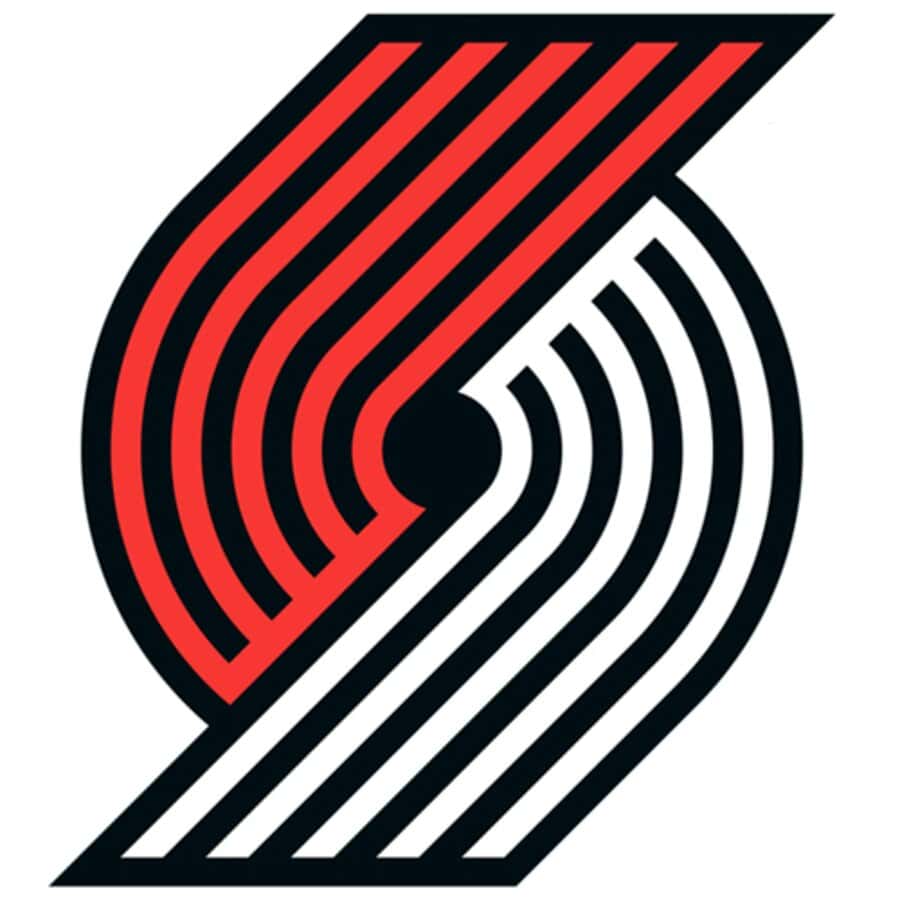
The truth is, we don’t know, and if you’re not already an NBA fan, you probably have no idea that this is a logo for a well-known sports team. A non-fan who spots this on merchandise as they’re walking through a store will have no idea what type of business it represents.
Instead of this logo sparking brand recognition from the first moment it’s seen, the Blazers brand must already be known to the consumer. For an NBA team who really only markets to its fans, that’s probably okay. For basically every other type of business under the sun, that’s a problem.
Your Brand Tells Consumers What to Expect from You
Depending on what area of the country you live in, you may be familiar with a sandwich shop called Jimmy John’s. Every commercial, jingle, or ad you’ve ever seen or heard from Jimmy John’s promises that they are “freaky fast.” If you walk up to the counter to order, they’ve usually got your sandwich made before you’re done paying. They don’t put it in a bag or give you a napkin – because they ain’t got time for that – but that’s okay, because you’re probably there because you like and appreciate their “freaky fast” brand promise. Going for delivery? If you order Jimmy John’s and a coworker orders from a pizza place, everyone knows who’s going to be digging into their lunch first.
Now, if Jimmy John’s branding promised to deliver food super fast, but they were routinely slower than they promised, that stigma becomes part of their brand, because a brand is not just the branding you try to portray, but it’s the overall impression a consumer has of your business.
Your Brand Helps You Connect on an Emotional Level
When you show consumers that you “get them” or have the same values as them, you connect on an emotional level. How can branding help you do this? There are many ways and here are a few:
- Highlight that you’re a family-owned, local business.
- Be active in your community.
- Give military discounts.
- Know your target audience and market it to it. For example, if your clientele is mostly women over age 50, use images and wording appropriate to them.
Make sure your brand’s personality meshes with your audience. For example, if your target demographic is 40-something dads, ads with hipsters probably won’t do it for you. Through what goggles do your target audiences view your marketing content?
Your Brand Creates Loyalty and Generates Referrals
If you look deeper, past the logo, packaging, and website design (although these can impact customer loyalty), here’s where the intangible aspects come into play. Your brand builds loyalty when you follow through on your branding promises. Customer service, expert knowledge, and high-performing employees are all parts of your brand that build loyalty.
For example, if your branding is all about quality, make sure your products stand the test of time, and be there for your customers if problems arise. Similarly, If you promote great prices, then focus on providing your customers products at price points they can’t get anywhere else.
That’s why Customer Relationship Management is essential. Building your relationship with your customer brings them back to you when they’re ready to purchase. As a great example, we offer custom CRM programs for our clients. We customize email campaigns so you can stay in touch with your current customers to fulfill more needs as well as generate sales with your leads.
Your Brand Sets the Culture with Your Employees
You can motivate and give your employees something to believe in with your branding. A strongly branded company gives your employees a team to be part of and a goal to work toward, something to take pride in.
All aspects of branding can seem overwhelming especially to a new business but if you focus on how you want customers to view your brand, the branding steps to take become easier to see.
Need help with your branding? Let The Get Smart Group help! From CRM email campaigns to social media posts, we can help you grow your brand!


